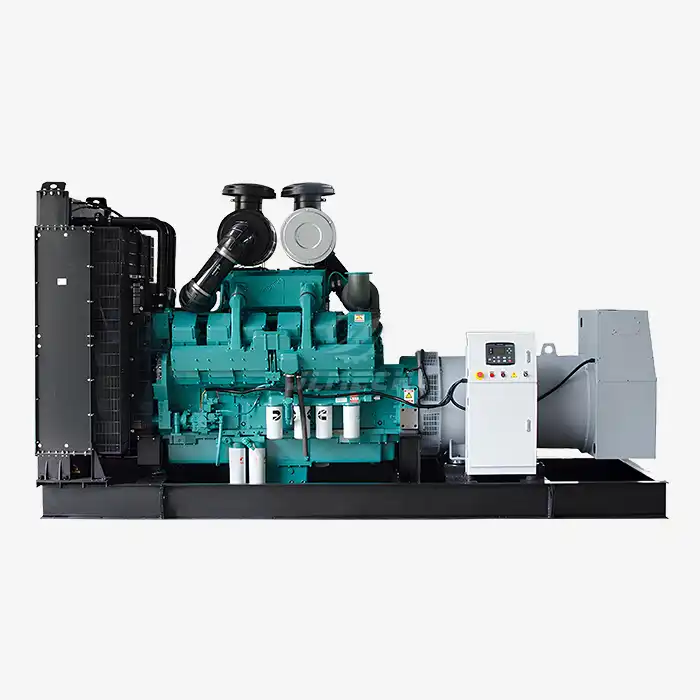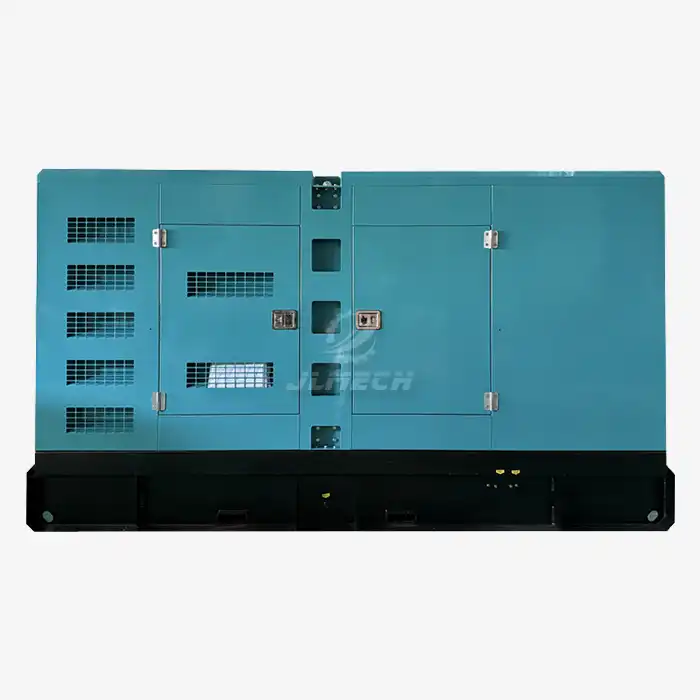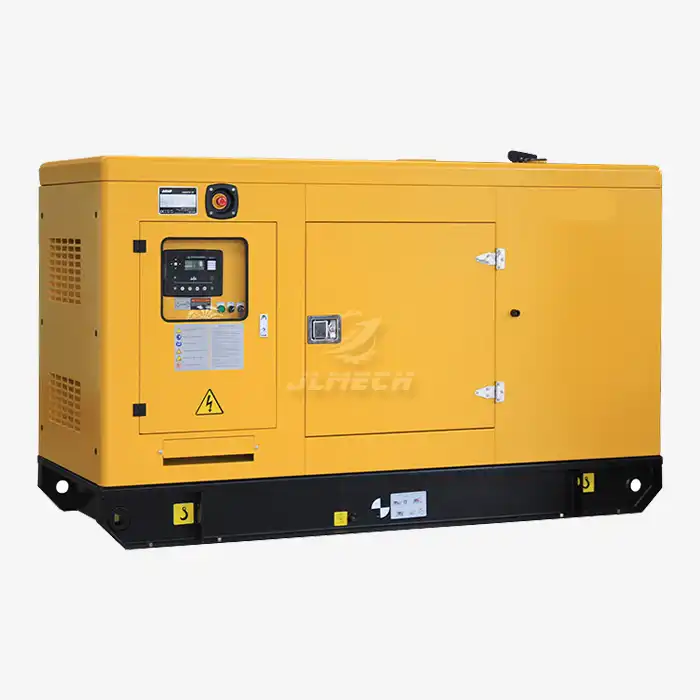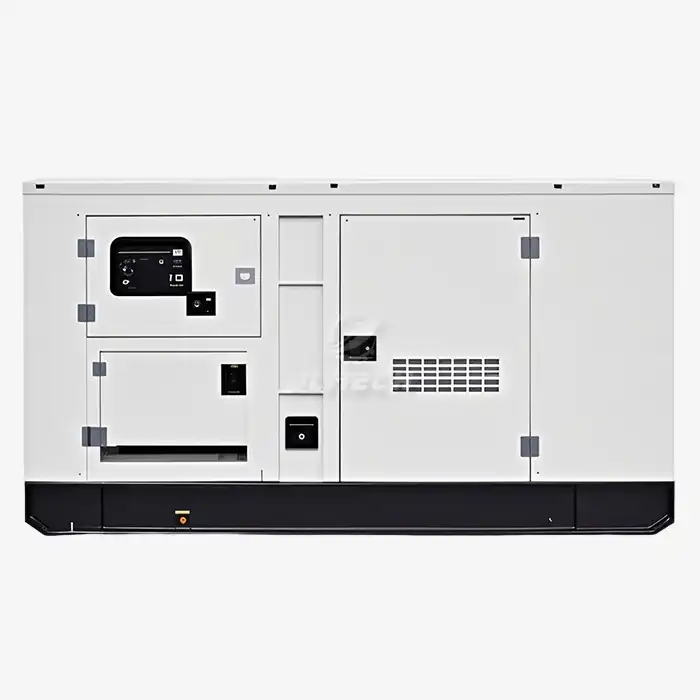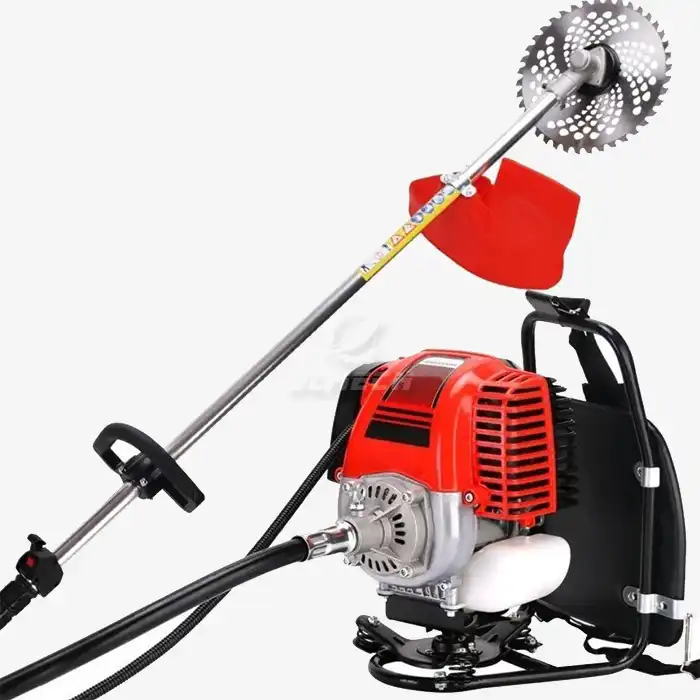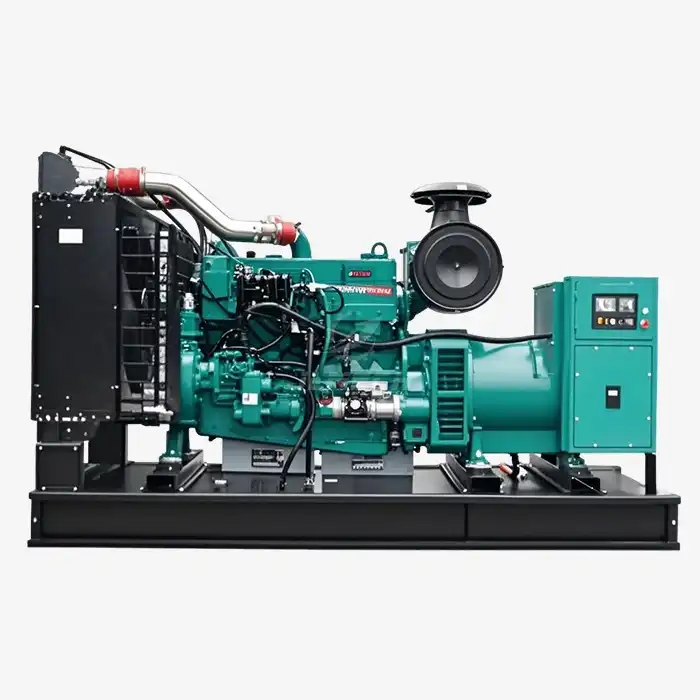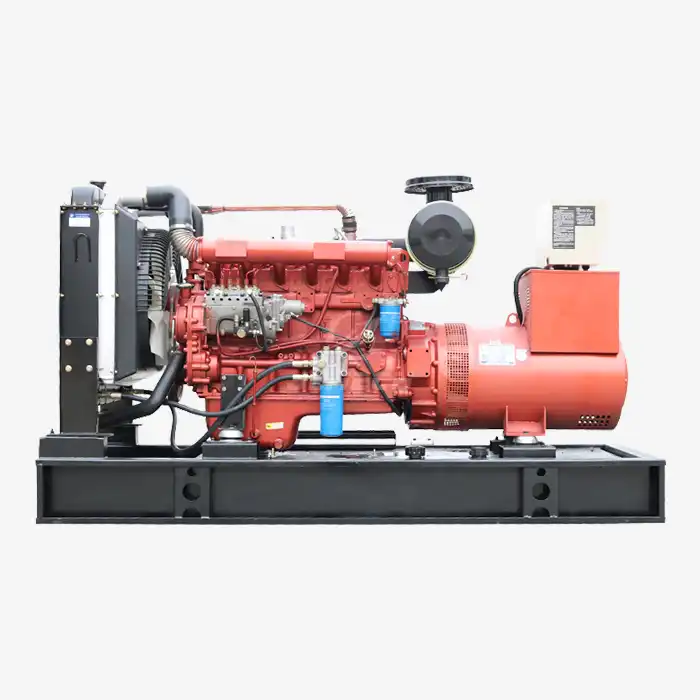The key to selecting an appropriate generator lies in understanding the specific needs of disaster relief operations. Power requirements can vary greatly depending on the scale of the disaster and the type of relief efforts being undertaken. A generator that's too small may fail to meet critical power needs, while an oversized unit could waste resources and prove difficult to transport. The sweet spot often falls in the 20-30kW range, making a 25kw diesel generator a versatile choice for many scenarios.
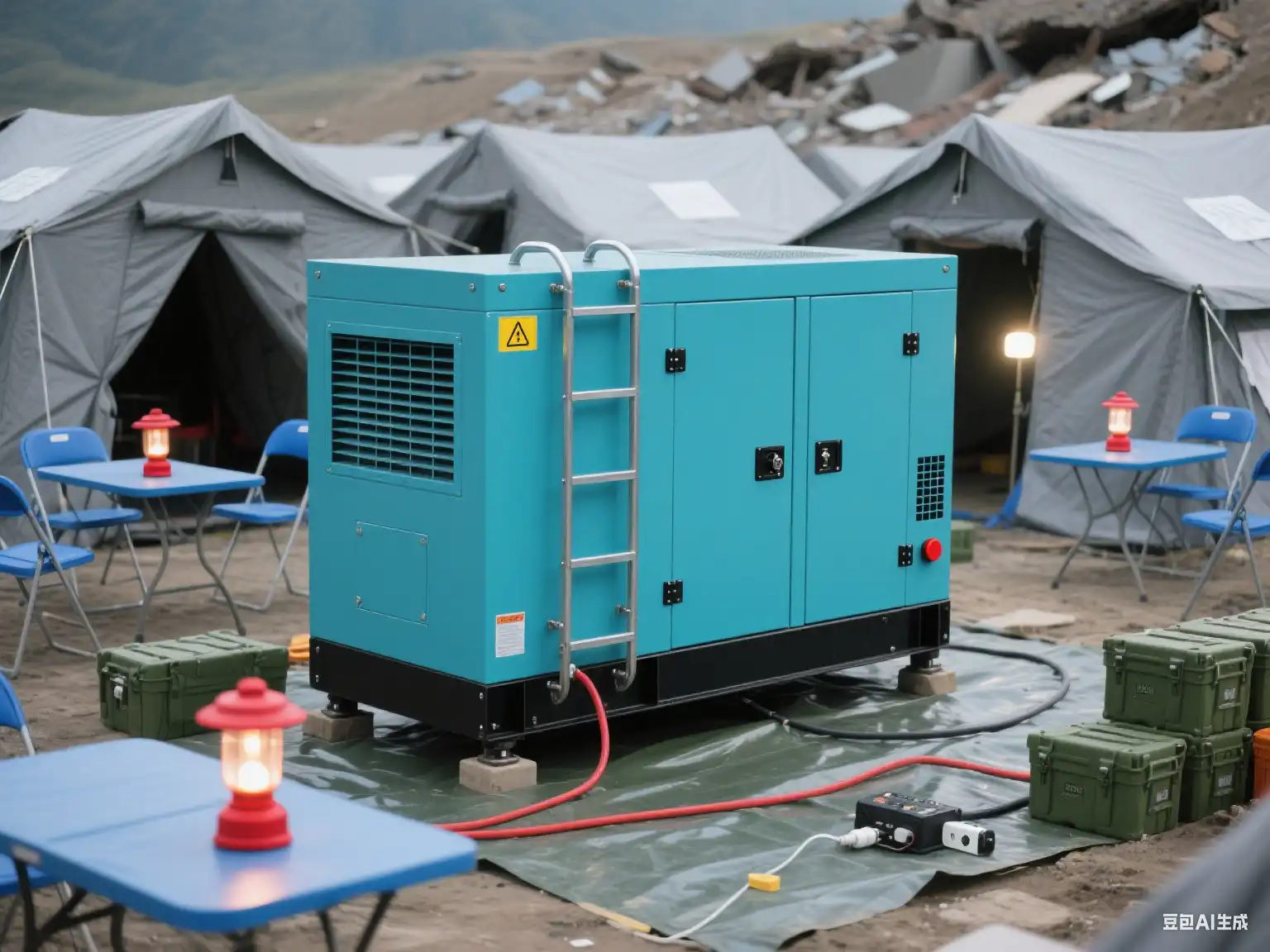
Rapid Deployment: Key Features to Look For
In disaster relief situations, time is of the essence. The ability to quickly deploy and set up a generator can make a significant difference in providing timely assistance. When evaluating generators for rapid deployment, consider the following features:
Plug-and-Play Functionality
Look for generators with pre-wired electrical systems and straightforward control panels, such as a 25kw diesel generator. These features allow for quick setup, even by personnel with limited technical expertise. A generator that can be operational within minutes of arrival can dramatically improve response times in critical situations.
Compact Design
Space is often at a premium in disaster-affected areas. A compact generator design not only facilitates easier transport but also allows for more flexible placement options once on-site. This is particularly important when operating in urban environments or areas with limited accessible space.
Fuel Efficiency
In disaster zones, fuel supplies can be scarce or unreliable. Opt for a generator with excellent fuel efficiency to maximize runtime between refueling. This not only reduces operational costs but also minimizes the logistical challenges associated with fuel transportation and storage in difficult conditions.
Is the Diesel Generator Easily Transportable?
Transportability is a critical factor when selecting a generator for disaster relief. The ability to move the generator quickly and safely to affected areas can significantly impact the effectiveness of relief efforts.
Weight and Dimensions
Consider the weight and dimensions of the generator. A 25kw diesel generator typically strikes a good balance between power output and manageable size. Look for units that can be easily loaded onto standard trucks or trailers, preferably without requiring specialized lifting equipment.
Integrated Lifting Points
Generators equipped with robust lifting points or skid bases facilitate safer and more efficient loading and unloading. This feature is particularly valuable when operating in areas with limited infrastructure or when rapid relocation is necessary.
Trailer-Mounted Options
For maximum mobility, consider trailer-mounted generators. These units can be quickly hitched to vehicles, allowing for swift deployment and relocation as needs change. Ensure the trailer is sturdy and designed for rough terrain, as disaster areas often present challenging ground conditions.
Weatherproofing: Surviving Extreme Conditions
Disaster relief operations often occur in harsh environments. A generator's ability to withstand extreme weather conditions is crucial for maintaining continuous power supply.
Robust Enclosures
Look for generators with durable, weatherproof enclosures. These should provide protection against rain, dust, and debris, ensuring the generator can operate reliably in various environmental conditions. High-quality enclosures also contribute to noise reduction, an important consideration in residential or sensitive areas.
Temperature Tolerance
Choose a generator capable of operating across a wide temperature range. This is particularly important for disaster relief efforts that may span different seasons or geographic regions. Look for features like engine block heaters for cold climates and enhanced cooling systems for hot environments.
Corrosion Resistance
In coastal areas or regions prone to flooding, corrosion resistance becomes a critical factor. Opt for generators with corrosion-resistant materials and protective coatings to ensure longevity and reliability in challenging conditions.
Jlmech understands the unique challenges faced in disaster relief scenarios. Our generators are engineered with these critical factors in mind, ensuring reliability and performance when it matters most. The robust design and versatile features of Jlmech generators make them an excellent choice for organizations involved in disaster response and recovery efforts.
When considering a 25kw diesel generator for disaster relief, it's essential to evaluate not just the power output, but also the unit's overall suitability for challenging environments and rapid deployment. Jlmech's range of generators offers solutions that meet these demanding criteria, providing peace of mind in critical situations.
Jlmech's 25kW Diesel Generator: Tailored for Disaster Relief
Jlmech's 25kW diesel generator is specifically designed to meet the rigorous demands of disaster relief operations. This generator diesel silent 220V model combines robust performance with essential features for emergency situations. With an AC output range of 20-3000KW, it offers flexibility to scale power solutions as needed. The generator operates at a rated AC voltage of 400/230V, making it compatible with a wide range of equipment commonly used in relief efforts.
Key specifications of Jlmech's 25kW generator include:
- Frequency: 50Hz (60Hz available on request)
- Engine Speed: 1500 R.P.M
- Phase: Three Phase
- Type: Silent/Open Frame options
- Engine Type: Turbocharged diesel, water-cooled
- Starting Method: Electric Starting
- Fuel Tank Capacity: Customizable from 50–5000L for extended runtime
The generator's compact design facilitates easy transport, crucial for rapid deployment in disaster zones. It's engineered for durability, with weatherproof features that allow it to perform reliably in harsh conditions. The silent operation option is particularly valuable in residential areas or sensitive environments where noise reduction is essential.
Jlmech's commitment to quality is evident in the generator's compliance with international standards, holding certifications such as CE, Euro 5, EPA, and CARB. This ensures that the generator not only meets performance requirements but also adheres to global environmental and safety standards.
For organizations involved in disaster relief, Jlmech offers customization options to tailor the generator to specific operational needs. Whether it's adjusting the fuel tank capacity for longer runtime or modifying the enclosure for extreme weather conditions, Jlmech's engineering team can adapt the generator to meet unique challenges faced in different disaster scenarios.
Conclusion
Selecting the right diesel generator for temporary disaster relief is a critical decision that can significantly impact the effectiveness of emergency response efforts. By focusing on rapid deployment capabilities, transportability, and weatherproofing, you can ensure that your chosen generator will perform reliably when it's needed most.
For organizations seeking a robust, efficient, and versatile power solution for disaster relief operations, Jlmech offers industry-leading generators designed to meet these demanding requirements. With over 29 years of experience in power solutions and a global presence spanning more than 10 countries, Jlmech has the expertise and resources to support your disaster relief efforts.
Our 25kw diesel generator models, along with our broader range of power solutions, are engineered to provide reliable performance in the most challenging conditions. Whether you're a disaster response agency, a healthcare provider, or part of a humanitarian organization, Jlmech has the right generator to support your mission.
To learn more about our generator products and how they can enhance your disaster relief capabilities, please contact us at skala@whjlmech.com. Our team of experts is ready to assist you in finding the perfect power solution for your specific needs, ensuring you're prepared to provide critical support when disaster strikes.
References
1. Federal Emergency Management Agency. (2021). "Power Outage Safety: Generators for Emergency Use."
2. International Federation of Red Cross and Red Crescent Societies. (2020). "Emergency Response Unit Deployment Guidelines."
3. World Health Organization. (2022). "Technical Specifications for Medical Devices in Emergency Situations."
4. United Nations Office for Disaster Risk Reduction. (2021). "Disaster Preparedness and Response: Best Practices in Power Supply."
5. International Organization for Standardization. (2019). "ISO 8528-1:2018 Reciprocating internal combustion engine driven alternating current generating sets."
6. Sphere Association. (2018). "The Sphere Handbook: Humanitarian Charter and Minimum Standards in Humanitarian Response."



